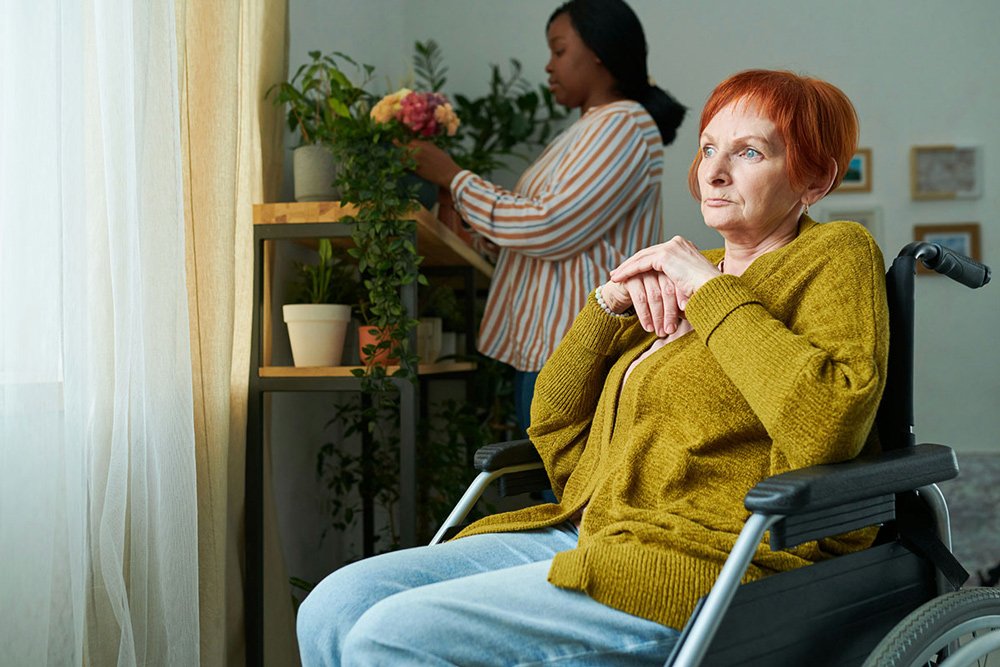
"The symptoms of the long-term care crisis are significant. For workers, as a Paraprofessional Health Institute report stated, "36 percent of [the direct care] workforce lives in or near poverty (defined as having a household income less than 200 percent of the federal poverty level) and 49 percent rely on public assistance programs to make ends meet." Meanwhile, for patients, care is often grossly inadequate."
"Katherine Miller, a Johns Hopkins University health policy professor and coauthor of a study on the subject, noted that "an integrated public health delivery system with full support for aging in place, such as increasing opportunities for home-based care, improving access to affordable housing, and providing solutions to satisfy older adults' transportation and social participation needs will be critical to meet care needs of the aging population.""
Providers are split into haves and have-nots. Some organizations thrive while others, particularly those serving Medicaid populations, are hanging by a thread. Calls for innovation and adaptation risk treating symptoms rather than addressing root causes. The long-term care system is not working for ordinary people, and structural solutions receive little attention. The direct care workforce faces deep economic insecurity: 36 percent live in or near poverty and 49 percent rely on public assistance. Patient care is often grossly inadequate. An integrated public health delivery system supporting aging in place, home-based care, affordable housing, transportation, and social participation is critical.
Read at Nonprofit Quarterly | Civic News. Empowering Nonprofits. Advancing Justice.
Unable to calculate read time
Collection
[
|
...
]